This article will take you through the definition of triangulation, its types and pros and cons of triangulation method.
If you’re looking for ways to improve your research skills, you may want to consider triangulation.
Triangulation is the process of using multiple methods to collect data. This can help you verify the results of your research and get a more complete picture of what’s going on. It can also be useful if you’re having trouble with one particular method.
What is Triangulation in Research?
Triangulation is a research method that involves collecting data from multiple sources in order to get a more complete picture of a phenomenon.
This can be useful:
- when studying something that is hard to observe directly,
- when different researchers have different perspectives on a topic.
Triangulation can also help to confirm or refute findings from a single study.
In research, triangulation is defined as the use of multiple data sources to investigate a phenomenon. Triangulation can be used in quantitative research, where multiple data sources are used to confirm findings, or in qualitative research, where multiple perspectives are used to gain a deeper understanding of a phenomenon.
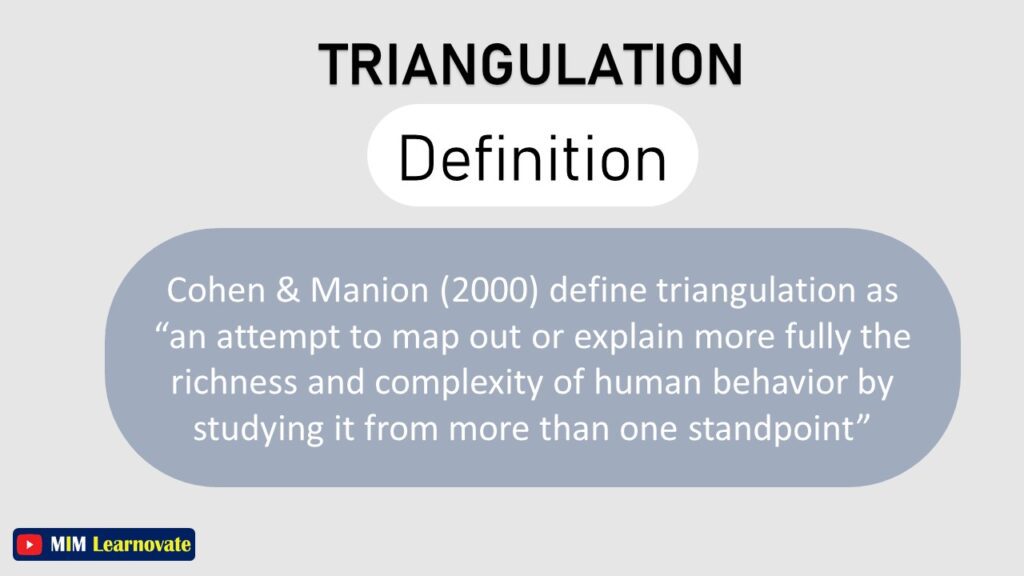
There are many benefits to using triangulation in research, including increased validity and reliability, greater depth and richness of data, and improved ability to generalize findings.
Triangulation is a powerful research tool that allows researchers to collect data from multiple sources and compare results to get a more comprehensive understanding of a phenomenon.
Example of Triangulation:
▶One example of triangulation is using different methods to collect data on the same phenomenon.
For example, if you were studying how social media affects body image, you could use surveys, interviews, and content analysis of social media posts to get a well-rounded understanding of the issue.
▶Another example of triangulation is using data from different sources to cross-check results.
For example, if you were studying how effective a new teaching method was, you could compare test scores from students who received the new method with test scores from students who did not receive the new method.
Read more: T-test | Example, Formula | When to Use a T-test
History of Triangulation
Campbell and Fiske (1959) were the first to use triangulation in research; it was later expanded by Webb (1966), who claimed that researchers should use more than one instrument to quantify variables.
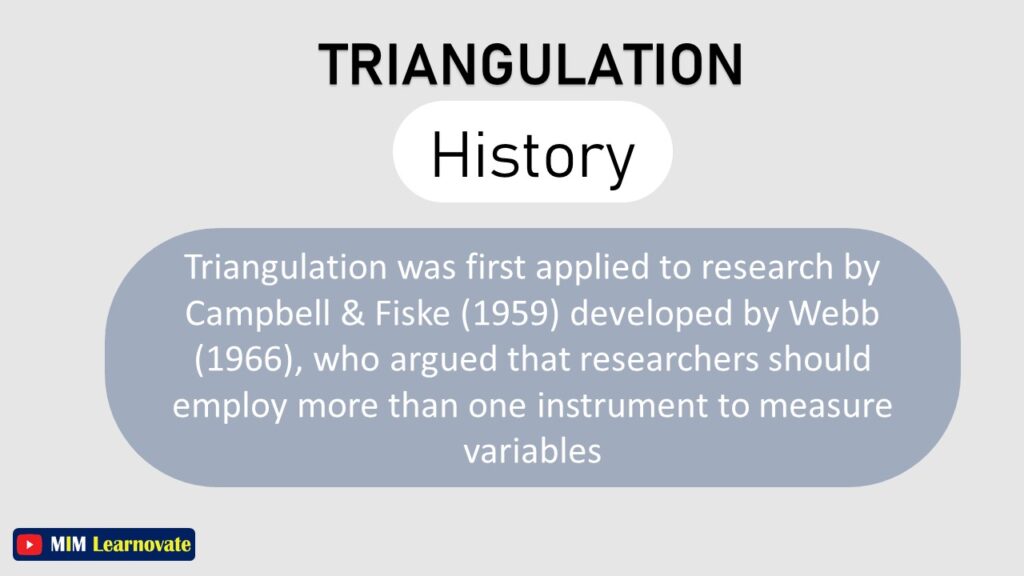
Types of Triangulation in Research
Triangulation is a method of research that uses multiple data sources to investigate a phenomenon.
Denzin in 1989, identified four different types.
1. Data Triangulation
2. Investigator Triangulation
3. Theoretical Triangulation
4. Methodological Triangulation
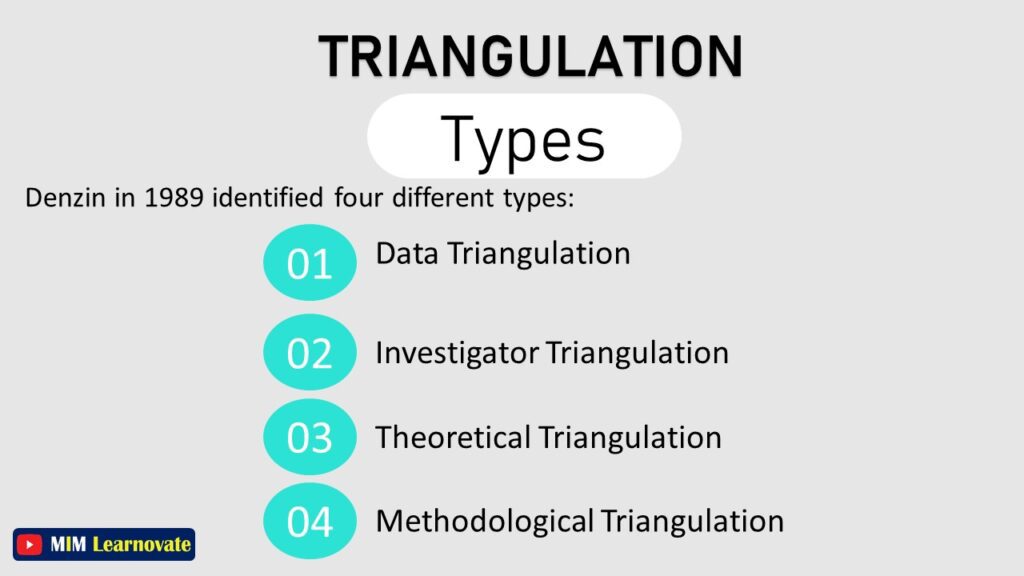
Data triangulation
Data triangulation involves collecting data from multiple sources or using multiple methods to collect data. This allows for a more complete picture of the phenomenon being studied.
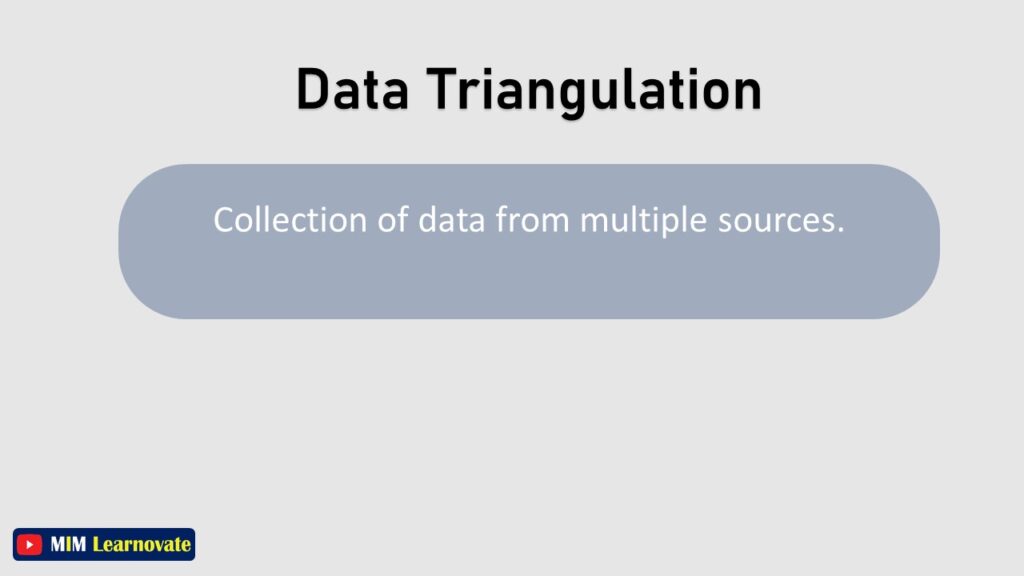
Data triangulation is the process of using multiple data sources to corroborate or refute findings. This allows for a more holistic understanding of the evidence and can help to identify problems or inconsistencies in the data.
Data triangulation is a valuable tool for research, as it allows for a more comprehensive understanding of the evidence. However, it is important to ensure that the data sources are reliable and that the findings are consistent across all sources.
Example of Data triangulation:
For example, if you were studying the effects of a new drug, you would want to collect data from multiple sources, such as patients, doctors, and hospitals. This would give you a more complete picture of the effects of the drug.
Data triangulation can also be used to confirm results from a single source. For example, if you conducted a survey and found that 80% of people like your product, you could use data triangulation to verify this result. You could do this by looking at sales figures, customer satisfaction surveys, or social media posts.
Investigator Triangulation
In research, investigator triangulation is the use of multiple researchers to collect and analyze data. This approach is used to increase the validity and reliability of findings.
Two or more researchers looking at the same phenomenon from various study perspectives.
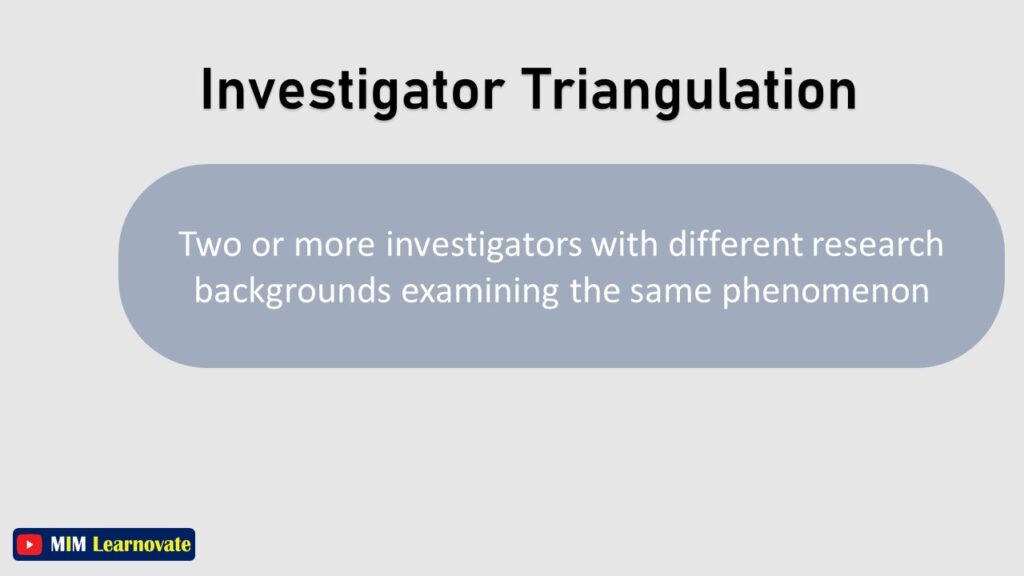
Benefits of Investigator Triangulation
There are several benefits to using investigator triangulation.
First, it allows for different perspectives to be considered when analyzing data.
Second, it can help identify errors in data collection or interpretation.
Third, it can provide a check on the biases of individual researchers.
Investigator triangulation can be used in a variety of research contexts, including qualitative and quantitative studies.
In some cases, investigators may work independently but share their data with each other for analysis. In other cases, investigators may work together from start to finish on a research project.
Investigators should take care to ensure that
- Their data are compatible.
- Their analysis methods are complementary.
Methodological Triangulation
Methodological triangulation involves using multiple methods to study the same phenomenon. This can provide different perspectives on the phenomenon and help to validate findings.
Methodological triangulation is a research methodology that uses multiple methods to examine a phenomenon. This methodology can be used to increase the validity and reliability of research findings. Methodological triangulation can be used to investigate a variety of research questions.
Read More: Chi-Square Test (Χ²) || Examples, Types, and Assumptions
Benefits of Methodological Triangulation
There are several reasons why methodological triangulation may be used.
First, it can help to confirm or disconfirm results from a single method.
Second, it can provide insights that would not be possible with just one method.
And third, it can help to build trust in the findings, by providing multiple lines of evidence.
There are several ways to achieve methodological triangulation.
- One is to use multiple data sources, such as surveys and interviews.
- Another is to use different methods of data collection, such as observation and document analysis.
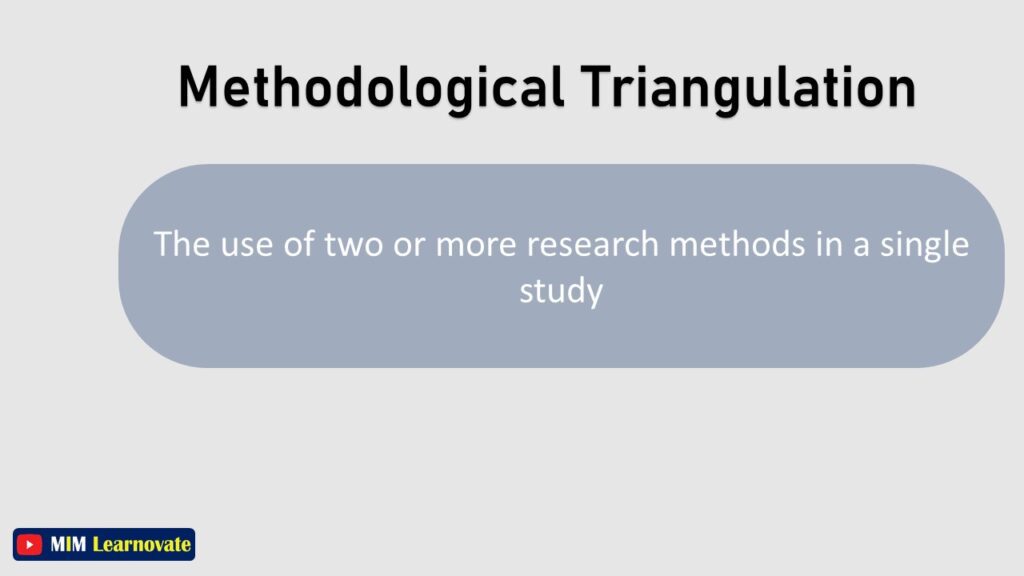
Example of Methodological Triangulation :
For example, a researcher might use both qualitative and quantitative methods to study a phenomenon. Or, a researcher might collect data from interviews, focus groups, and surveys. Using multiple methods or sources of data can help researchers to confirm findings and better understand a phenomenon.
Theoretical triangulation
Theoretical triangulation involves using multiple theories to explain a phenomenon. This can help to identify gaps in current knowledge and create new ways of understanding the phenomenon.
Theoretical triangulation is the use of multiple theoretical perspectives to analyze data.
Benefits of Methodological Triangulation
This approach can be used in qualitative or quantitative research, and it has a number of advantages.
One advantage of theoretical triangulation is that it can help researchers to understand complex phenomena. By using multiple theories, researchers can develop a more nuanced understanding of the issues under study.
Another advantage of this approach is that it can help to reduce bias in research findings. By considering data from multiple perspectives, researchers can avoid coming to premature conclusions based on one theory or perspective.
Finally, theoretical triangulation can also help to build consensus among researchers who may have different theoretical orientations. By considering data from multiple perspectives, researchers can arrive at a shared understanding of the phenomenon under study.
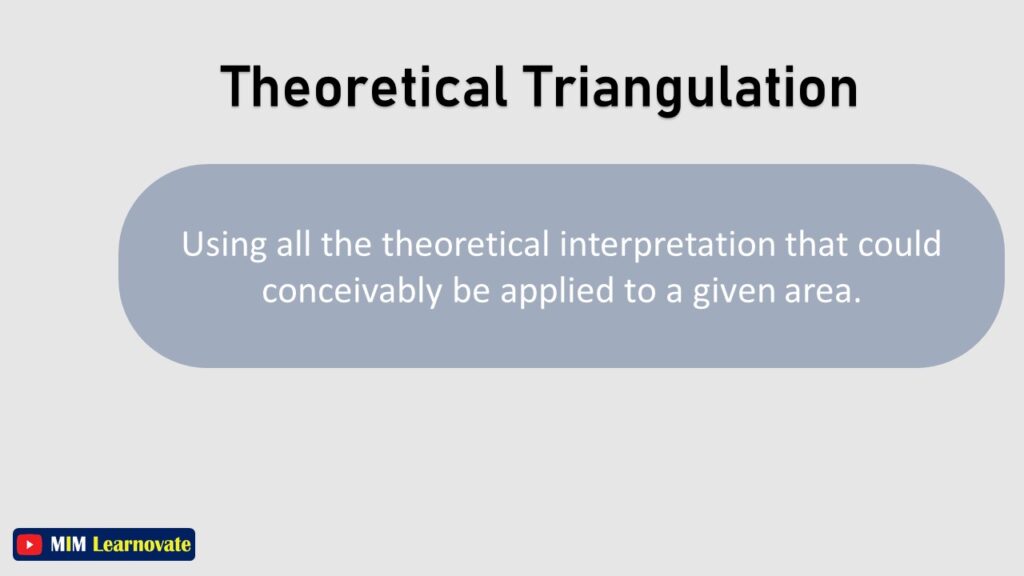
Example of Methodological Triangulation:
For example, if you were studying the impact of technology on society, you could use the theories of Marx (from sociology), Darwin (from biology), and Einstein (from physics).
What is the purpose of Triangulation in Research?
Triangulation is a method used in research to increase the validity of findings. It involves collecting data from multiple sources and using multiple methods to analyze that data. The purpose of triangulation is to reduce the chances that findings are due to methodological error.
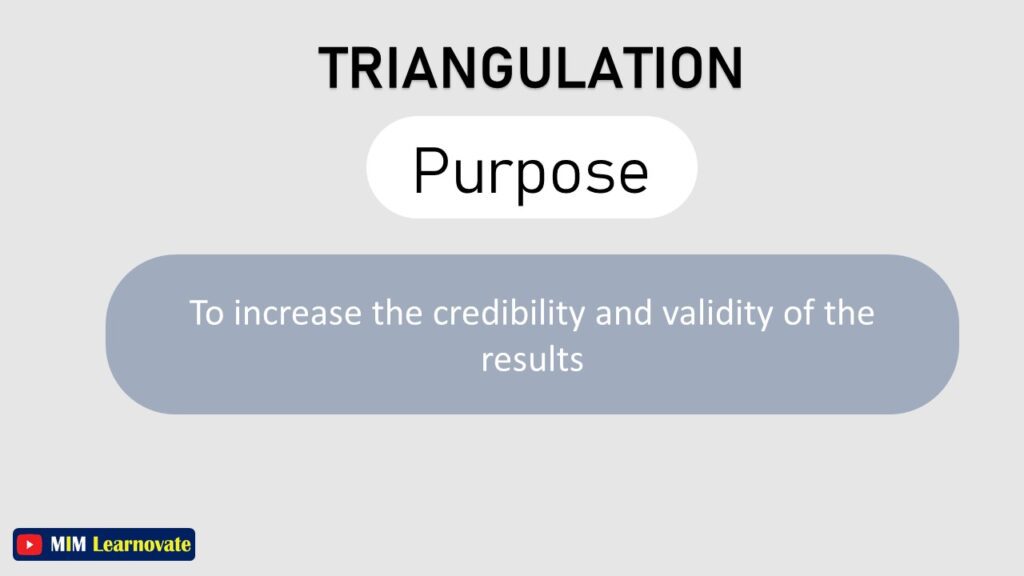
Pros of Triangulation in Research
There are many techniques that researchers can use to collect data. Triangulation is one method that is commonly used, but it does have its pros and cons.
- It allows for the collection of data from multiple sources. This can be helpful in providing a more complete picture of the research topic.
- It can help to verify results. If data from two different sources match up, this lends credibility to the findings.
- it can help ensure that findings are not due to chance or error.
- it can provide a more complete picture of the phenomenon being studied.
- it can increase the credibility of findings by providing converging evidence from different sources.
Triangulation has several advantages, including “improving confidence in research data, developing novel explanations for phenomena, disclosing novel findings, questioning or integrating theories, and providing a clear understanding of the problem” (Thurmond, 2001).
These advantages are largely due to the variety and volume of data that may be analyzed.
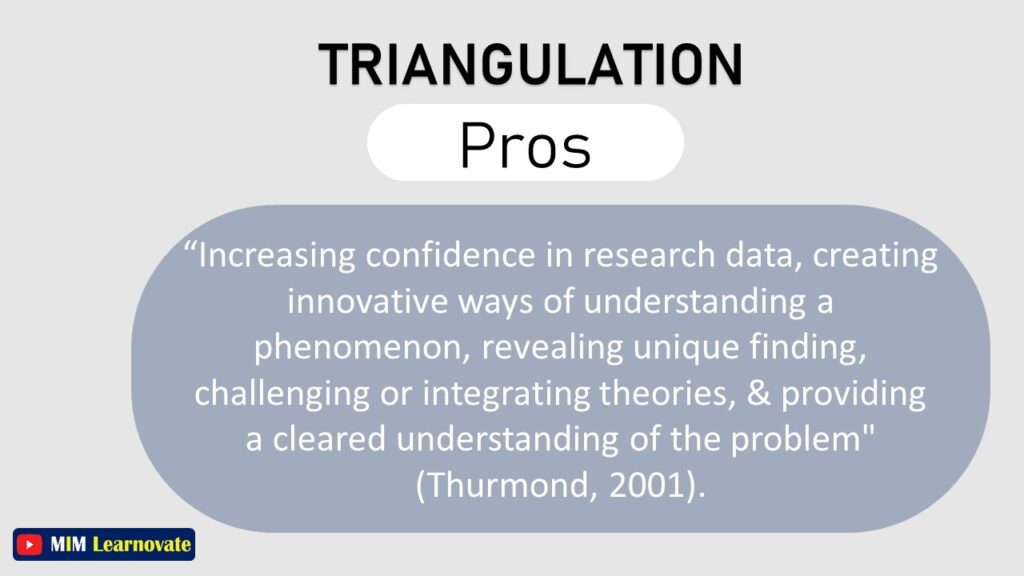
Cons of Triangulation in Research
Despite above benefits, triangulation is not without its critics. There are also some cons associated with triangulation. Some argue that it can be time-consuming and expensive, and that it can lead to confusing and contradictory results. Others argue that it is not always necessary, and that researchers should focus on using the best methodology for their particular study.
- time-consuming to collect data from multiple sources
- requires access to different types of resources, which may not always be available.
- can sometimes be seen as unnecessary if results from one source are considered to be reliable.
Collecting more data requires greater planning, and organization- resources, that are not always available to lead researchers. (Thurmond, 2001).
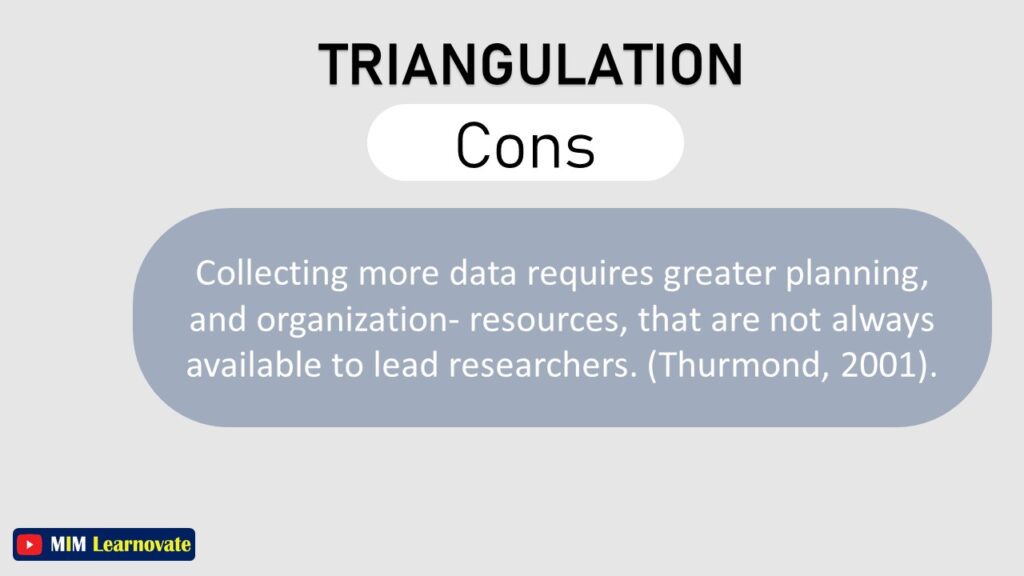
When to use triangulation ?

If you intend to use triangulation, it is important to be clear about which form you are using, why, and how you will do it, and to write that up clearly in your research report, or dissertation.
Steps to Implement Triangulation in Research
Implementing triangulation effectively requires a structured approach to integrating data from multiple sources or methods. Follow these key steps to ensure a comprehensive and reliable analysis.
Define Research Questions
Begin by clearly articulating your research questions or objectives. What specific aspects do you aim to understand or explore? Precise research questions will guide the selection of suitable data sources and methods.
Choose Relevant Data Sources and Methods
Select data sources and research methods that best address your research questions. Evaluate the strengths and limitations of each source or method, and consider how they can complement one another. Ensure your choices are aligned with your research objectives.
Collect and Analyze Data Separately
Gather data from each chosen source or method independently. Maintain consistency in your data collection procedures to ensure accuracy and reliability. Analyze each dataset or set of findings separately to preserve the integrity of each approach.
Compare and Integrate Findings
After collecting and analyzing data from all sources or methods, compare and integrate the findings. Identify patterns, discrepancies, or correlations among different sources. This comparison helps reveal convergent evidence and highlights areas of divergence.
Formulate Conclusions and Interpretations
Based on the integrated findings, draw conclusions and offer interpretations related to your research questions. Assess how the various perspectives or sources contribute to a more comprehensive understanding of the studied phenomenon. Triangulation enhances the robustness and depth of your conclusions.
Address Limitations and Implications
In your research report or discussion, recognize the limitations of your triangulation approach. Discuss any challenges faced during the process and their potential impact on the results. Also, reflect on the implications of your findings and their contribution to the broader field of study.
Other articles
Please read through some of our other articles with examples and explanations if you’d like to learn more about research methodology.
Statistics
Methodology
- Research Methods
- Quantitative Research
- Qualitative Research
- Case Study Research
- Survey Research
- Conclusive Research
- Descriptive Research
- Cross-Sectional Research
- Theoretical Framework
- Conceptual Framework
- Triangulation
- Grounded Theory
- Quasi-Experimental Design
- Mixed Method
- Correlational Research
- Randomized Controlled Trial
- Stratified Sampling
- Ethnography
- Ghost Authorship
- Secondary Data Collection
- Primary Data Collection
- Ex-Post-Facto
Research
- Table of Contents
- Dissertation Topic
- Synopsis
- Thesis Statement
- Research Proposal
- Research Questions
- Research Problem
- Research Gap
- Types of Research Gaps
- Variables
- Operationalization of Variables
- Literature Review
- Research Hypothesis
- Questionnaire
- Abstract
- Validity
- Reliability
- Measurement of Scale
- Sampling Techniques
- Acknowledgements



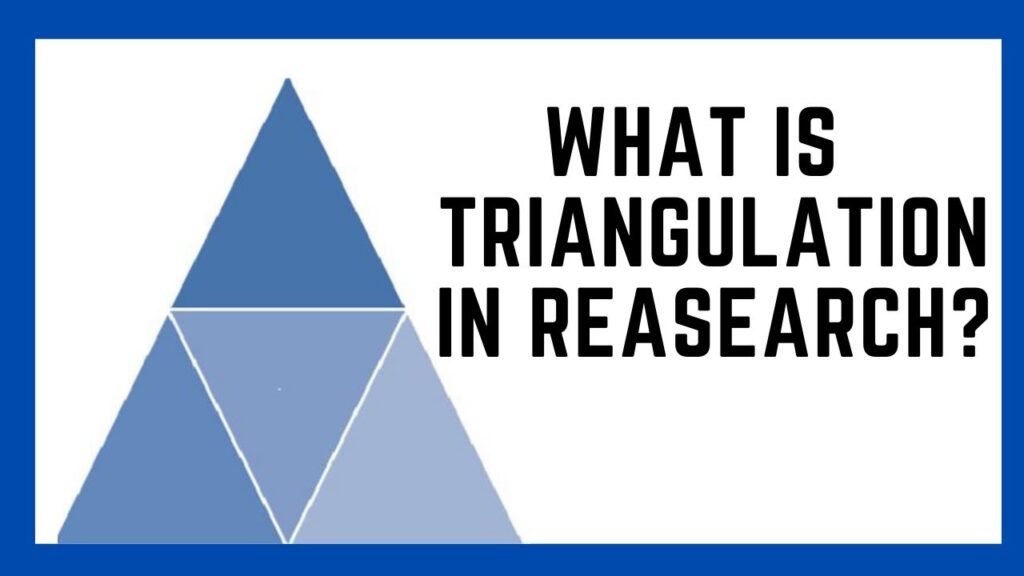
2 Comments
There is perceptibly a bundle to realize about this. I assume you made certain good points in features also.
Dear mimlearnovate.com webmaster, Great content!